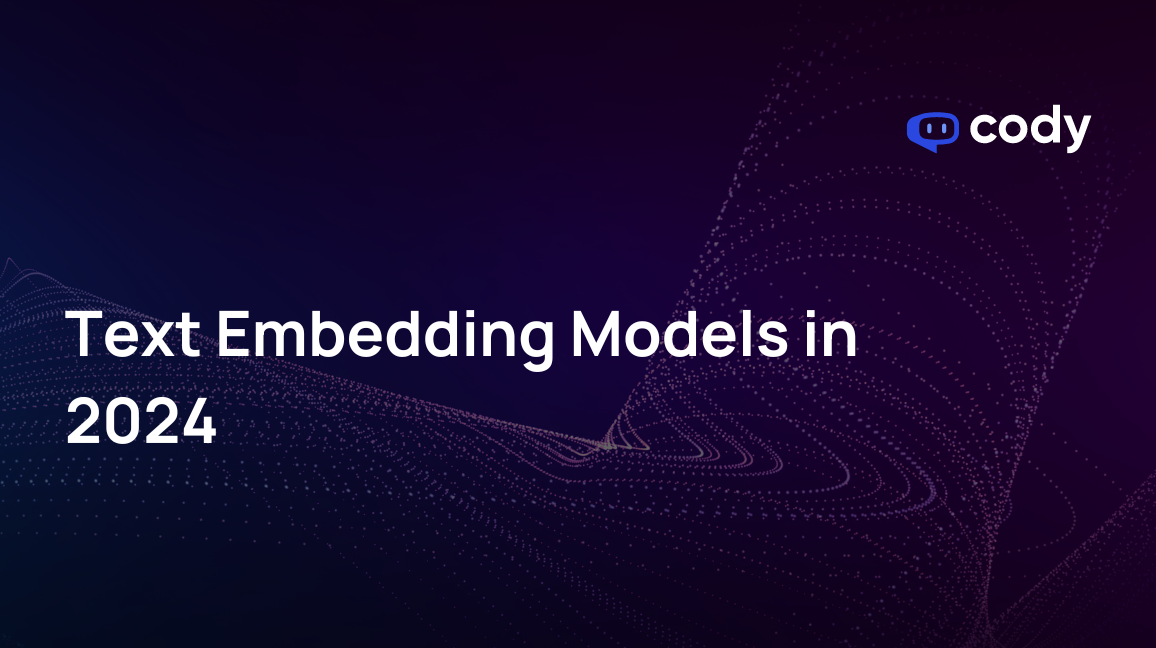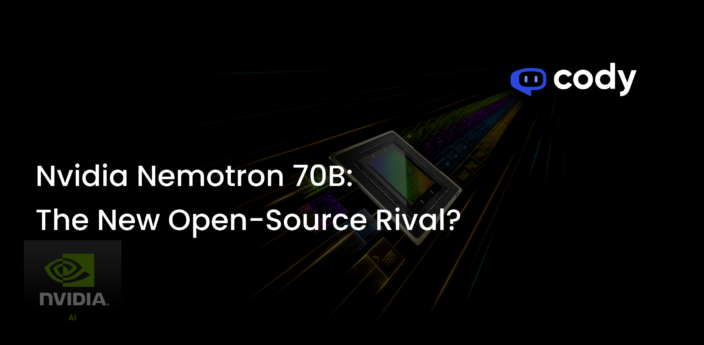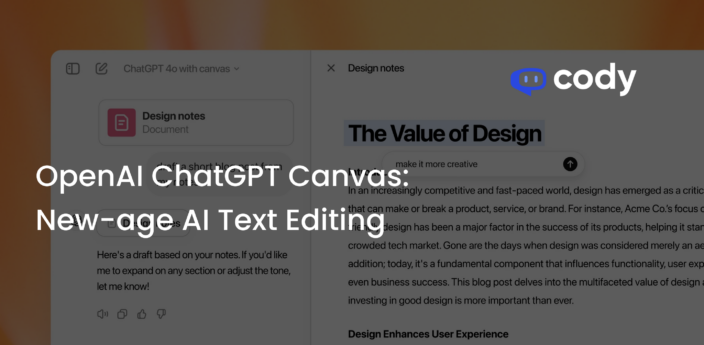
Top 8 Text Embedding Models in 2024
What would be your answer if we asked about the relationship between these two lines?
First: What is text embedding?
Second: [-0.03156438, 0.0013196499, -0.0171-56885, -0.0008197554, 0.011872382, 0.0036221128, -0.0229156626, -0.005692569, … (1600 more items to be included here]
Most people wouldn’t know the connection between them. The first line asks about the meaning of “embedding” in plain English, but the second line, with all those numbers, doesn’t make sense to us humans.
In fact, the second line is the representation (embedding) of the first line. It was created by OpenAI GPT -3’s text-embedding-ada-002 model.
This process turns the question into a series of numbers that the computer uses to understand the meaning behind the words.
If you were also scratching your head to decode their relationship, this article is for you.
We have covered the basics of text embedding and its top 8 models, which is worth knowing about!
Let’s get reading.
What are text embedding models?
Have you ever wondered how AI models and computer applications understand what we try to say?
That’s right, they don’t understand what we say.
In fact, they “embed” our instructions to perform effectively.
Still confused? Okay, let’s simplify.
In machine learning and artificial intelligence, this is a technique that simplifies complex and multi-dimensional data like text, pictures or other sorts of representations into lesser dimensionality space.
Embedding aims at making information easier to be processed by computers, for example when using algorithms or conducting computations on it.
Therefore, it serves as a mediating language for machines.
However, text embedding is concerned with taking textual data — such as words, sentences, or documents – and transforming them into vectors represented in a low-dimensional vector space.
The numerical form is meant to convey the text’s semantic relations, context, and sense.
The text encoding models are developed to provide the similarities of words or short pieces of writing preserved in encoding.
As a result, words that denote the same meanings and those that are situated in similar linguistic contexts would have a close vector in this multi-dimensional space.
Text embedding aims to make machine comprehension closer to natural language understanding in order to improve the effectiveness of processing text data.
Since we already know what text embedding stands for, let us consider the difference between word embedding and this approach.
Word embedding VS text embedding: What’s the difference?
Both word embeddings and text embeddings belong to various types of embedding models. Here are the key differences-
- Word embedding is concerned with the representation of words as fixed dimensional vectors in a specific text. However, text embedding involves the conversion of whole text paragraphs, sentences, or documents into numerical vectors.
- Word embeddings are useful in word-level-oriented tasks like natural language comprehension, sentiment analysis, and computing word similarities. At the same time, text embeddings are better suited to tasks such as document summarisation, information retrieval, and document classification, which require comprehension and analysis of bigger chunks of text.
- Typically, word embedding relies on the local context surrounding particular words. But, since text embedding considers an entire text as a context, it is broader than word embedding. It aspires to grasp the complete semantics of the whole textual information so that algorithms can know the total sense structure and the interconnections among the sentences or the documents.
Top 8 text embedding models you need to know
In terms of text embedding models, there are a number of innovative techniques that have revolutionized how computers comprehend and manage textual information.
Here are eight influential text embedding models that have made a significant impact on natural language processing (NLP) and AI-driven applications:
1. Word2Vec
This pioneering model, known as Word2Vec, produces word embeddings, which are basically representations of the surrounding context words mapped onto fixed dimensional vectors.
It reveals similarities between words and shows semantic relations that allow algorithms to understand word meanings depending upon the environments in which they are used.
2. GloVE (global vectors for word representation)
Rather than just concentrating on statistically important relationships between words within a specific context, GloVe generates meaningful word representations that reflect the relationships between words across the entire corpus.
3. FastText
Designed by Facebook AI Research, FastText represents words as bags of character n-grams, thus using subword information. It helps it accommodate OOVs effectively and highlights similarities in the morphology of different words.
4. ELMO (Embeddings from Language Models)
To provide context for word embeddings, ELMO relies on the internal states of a deep bidirectional language model.
These are word embeddings that capture the overall sentential contexts, thus more meaningful.
5. BERT (Bidirectional Encoder Representations from Transformers)
BERT is a transformer-based model designed to understand the context of words bidirectionally.
It can interpret the meaning of a word based on its context from both preceding and following words, allowing for more accurate language understanding.
6. GPT (Generative Pre-trained Transformer)
GPT models are masters of language generation. These models predict the next word in a sequence, generating coherent text by learning from vast amounts of text data during pre-training.
7. Doc2Vec
Doc2Vec, an extension of Word2Vec, is capable of embedding entire documents or paragraphs into fixed-size vectors. This model assigns unique representations to documents, enabling similarity comparisons between texts.
8. USE (Universal Sentence Encoder)
The embeddings for the whole sentences or paragraphs are done by a tool by Google known as USE. It efficiently encodes different text lengths into fixed-size vectors, taking into account their semantic meaning and allowing for simpler comparisons of sentences.
Frequently asked questions:
1. What’s the value of embedding text in a SaaS platform or company?
Improved text embedding models expand SaaS platforms by facilitating comprehension of user-generated data. They provide smart search capacities, personalized user experience with suggestions, and advanced sentiment analysis, which drives higher levels of user engagement, thereby retaining existing users.
2. What are the key considerations for deploying a text embedding model?
When implementing text embedding models, key considerations include-
- Compatibility of the model with the objectives of the application
- Scalability for large datasets
- Interpretability of generated embeddings and
- Resources necessary for effective integration of computational.
3. What unique features of text embedding models can be used to enhance SaaS solutions?
Yes, indeed, text embedding models greatly enhance SaaS solutions, especially in client reviews review, article reordering algorithms, context comprehension for bots, and speedy data retrieval, in general, raising end users’ experiences and profitability.
Read This: Top 10 Custom ChatGPT Alternatives for 2024



